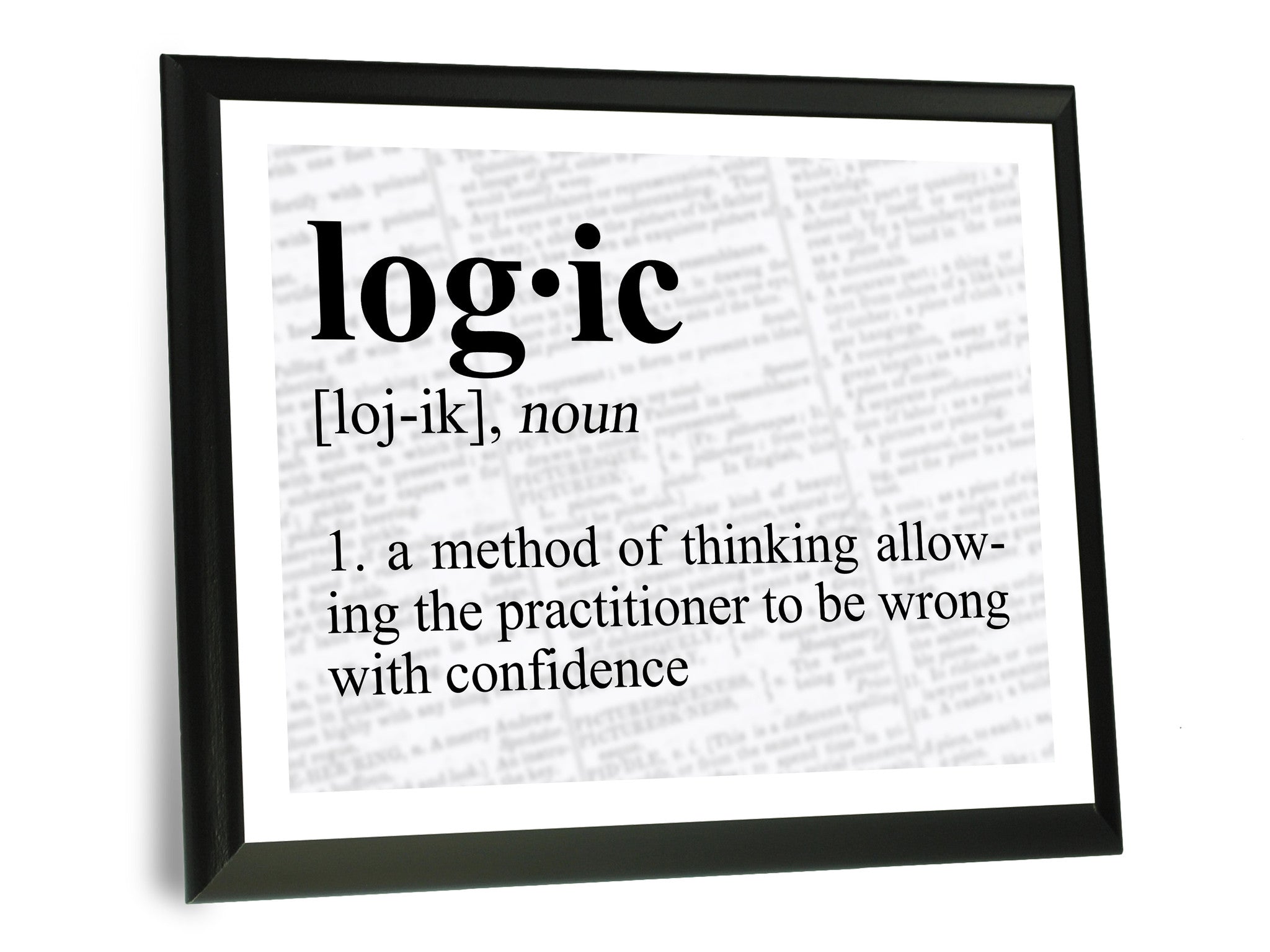
Tumor or cancer (examples include bladder, cervical, colon, or prostate). Scarring of tissue (from injury or previous surgery). Congenital blockage (a defect that is present at birth). Causes of hydronephrosis include, but are not limited to, the following illnesses or risk factors: Hydronephrosis is usually caused by another underlying illness or risk factor. These symptoms depend on the cause and severity of urinary blockage. Other symptoms can include pain during urination, other problems with urination (increased urge or frequency, incomplete urination, incontinence), nausea and fever. The main symptom is pain, either in the side and back (known as flank pain), abdomen or groin. Hydronephrosis may or may not cause symptoms. Hydronephrosis occurs when there is either a blockage of the outflow of urine, or reverse flow of urine already in the bladder (called reflux) that can cause the renal pelvis to become enlarged. The bladder slowly fills up with urine, which empties from the body through another small tube called the urethra. From the renal pelvis, the urine travels down a narrow tube called the ureter into the bladder. Urine collects into a part of the kidney called the renal pelvis. The urine is formed when the kidneys filter blood and remove excess waste materials and fluid. The urinary tract has four parts: the kidneys, the ureters, the bladder and urethra. The main function of the urinary tract is to remove wastes and fluid from the body. 
Hydronephrosis can occur in one or both kidneys.

It happens when urine cannot drain out from the kidney to the bladder from a blockage or obstruction. Hydronephrosis is the swelling of a kidney due to a build-up of urine.








